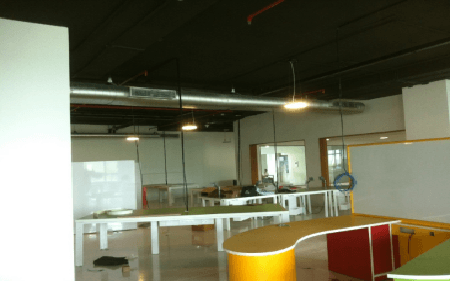Commercial Buildings
Commercial spaces like offices use conventional HVAC for providing comfort cooling. Long operational hours translate to a large amount of energy consumption and operating costs of the building. Another untold problem in these kinds of spaces is the quality of the air. The indoor air quality deteriorates due to the re-circulation of air in conventional HVAC systems. Each year, Indoor air pollution causes around 1.5 million deaths and is more dangerous than outdoor air pollution throughout the world, according to the World Health Organization(WHO).
Radiant cooling systems are a solution for cooling these kinds of spaces. Radiant cooling systems are capable of handling the sensible load in a given space depending on the area.
By using Radiant Cooling system:
1. We generate chilled water at around 15 to 18 degrees compared to 5 to 8 degrees of conventional HVAC systems, thereby reducing the input energy needed to the compressor significantly.
2. Up to 80% reduction of AHUs and ducts for the circulation of cold air.
3. 30-50% reduction in operating costs compared to HVAC systems.
4. We maintain a uniform comfort temperature throughout the office space.
5. The air quality of the space is improved as air is not recirculated as in the case of conventional HVACs.

Figure 1 Office with Radiant Floor Cooling
The aesthetics of the space is not compromised by using Radiant Systems. On the contrary, it is improved by reducing the amount of ducting required in the office spaces. The maintenance of radiant cooling systems is simple and cost-effective as minimal resources are used.
In Radiant cooling systems, water is used as a medium to cool rather than air. Water has 3500 times more heat carrying capacity than air. Radiant floor cooling has PERT pipes arranged in loops on the floor through which cold water at around 15 to 18 degrees is circulated, which takes away the sensible load in the space.
Commercial spaces are increasing in India and it is important to reduce the consumption of electricity to lower GHG emissions. By using radiant systems, we can achieve both of these along with a 40% reduction in operating costs. We in the process also achieve the noble objective of reversing the climate change, the consequences of which can be alarming for our entire planet at large.
